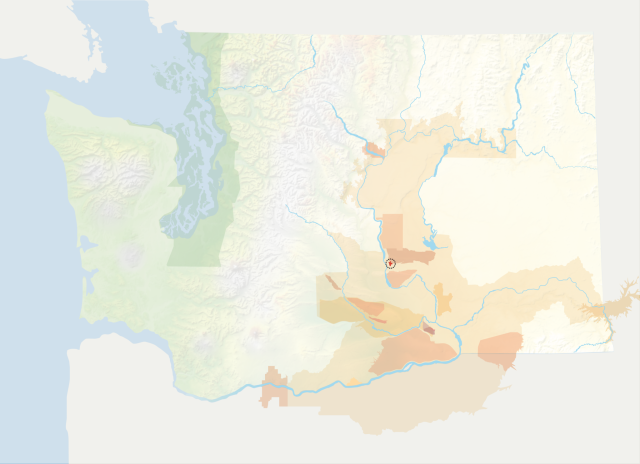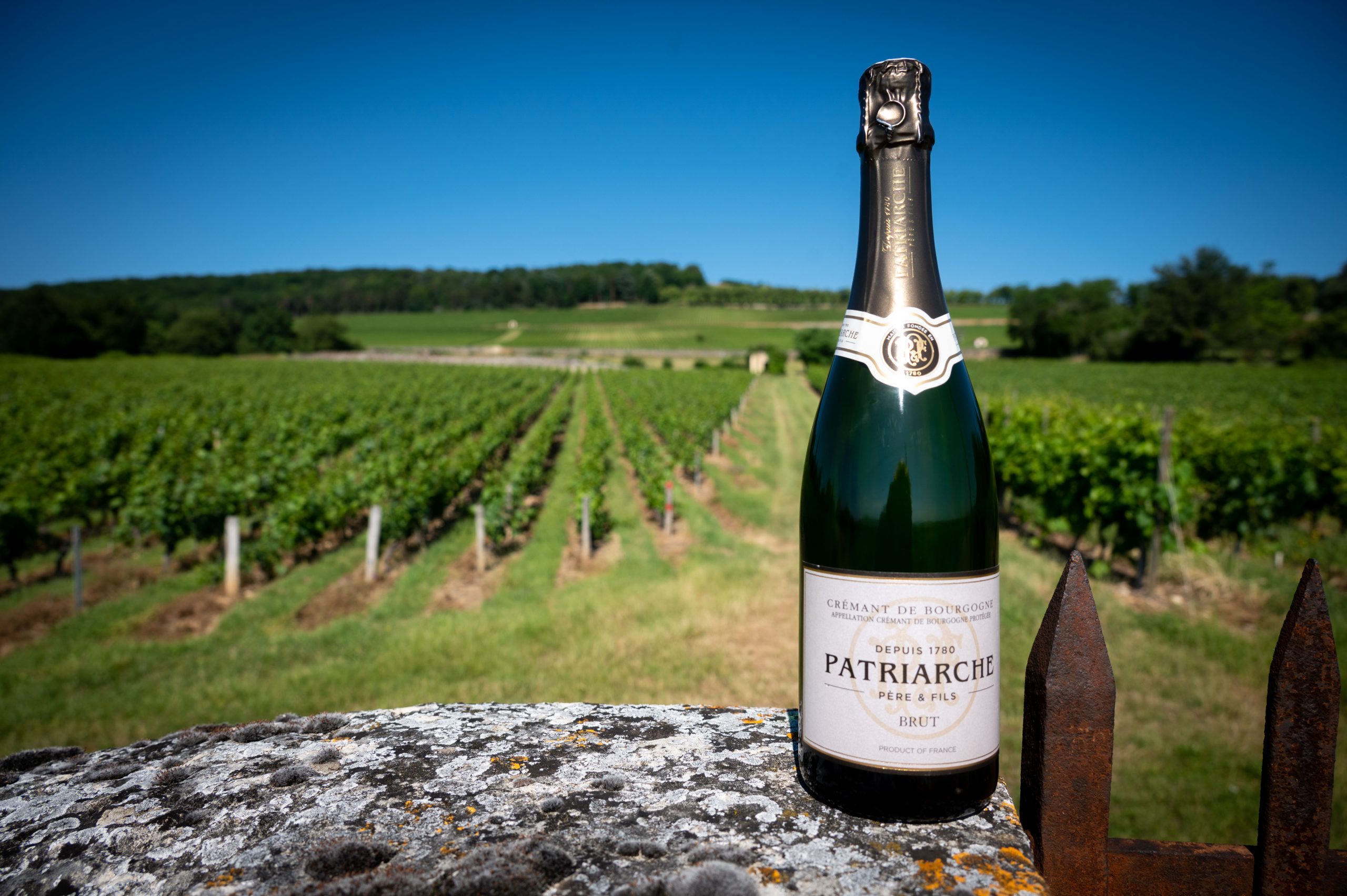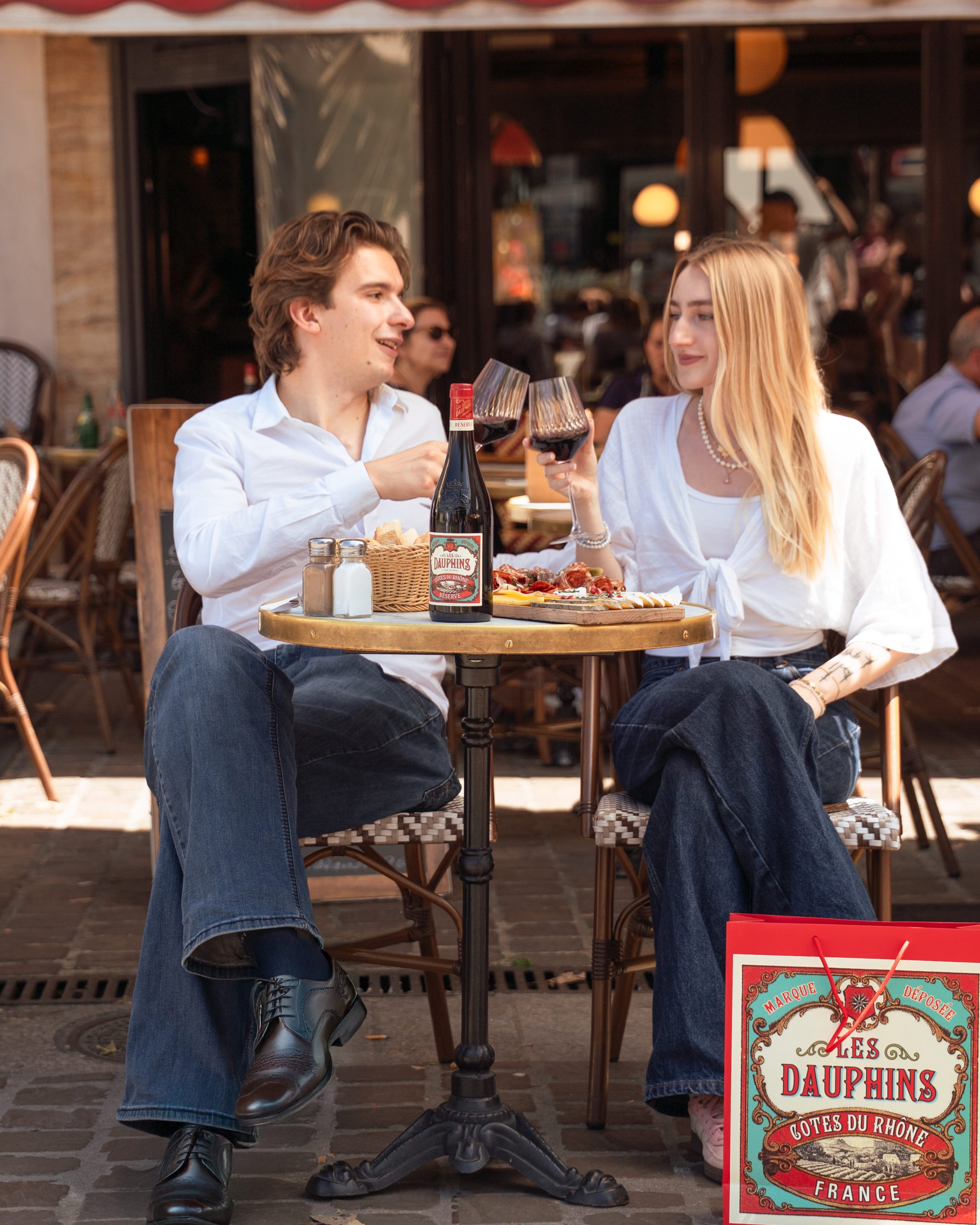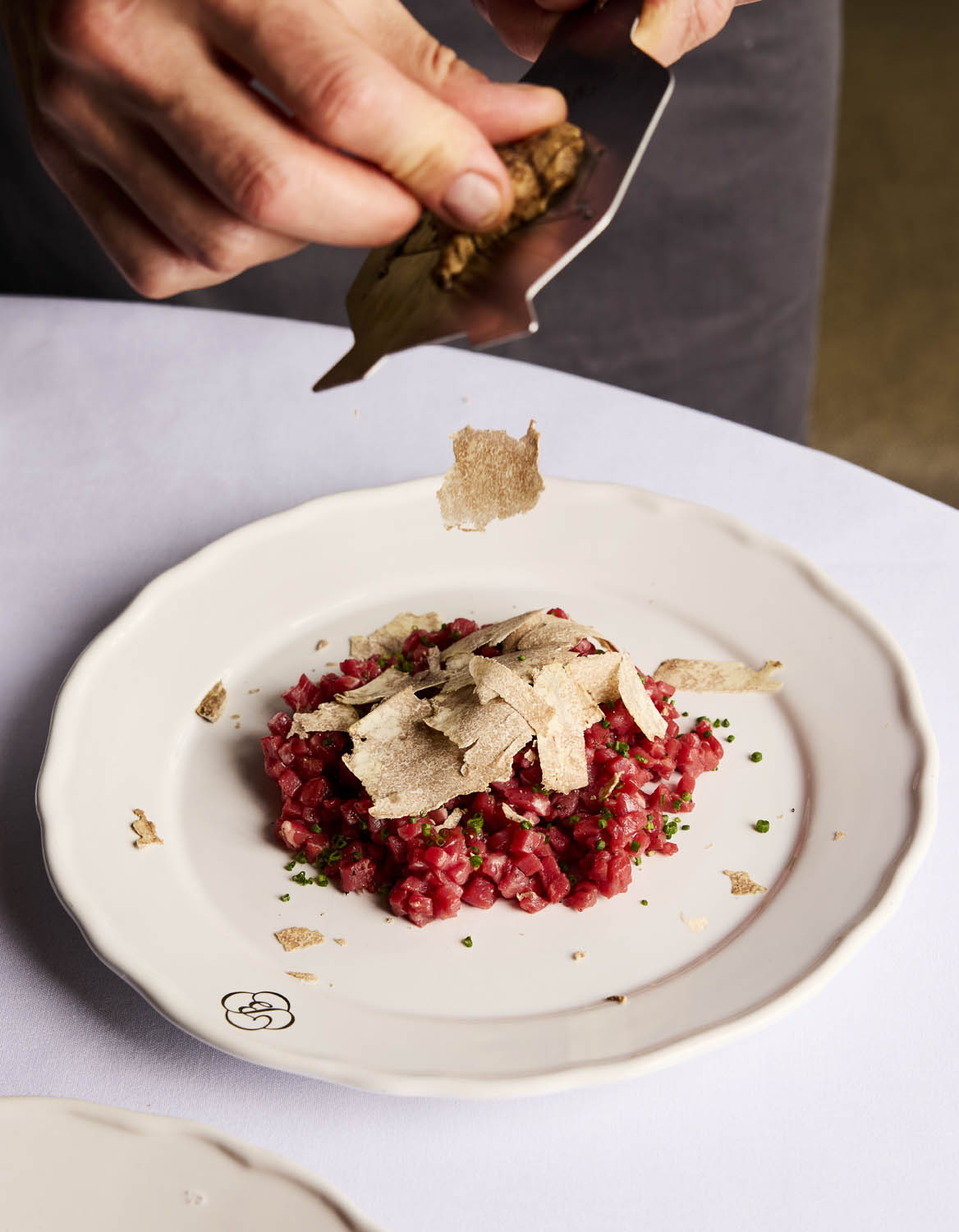Washington State announces latest AVA
Beverly, Washington is the latest winemaking appellation to achieve American Viticultural Area (AVA) approval, the seventh to be recognised in the state since 2020.

The Alcohol and Tobacco Tax and Trade Bureau (TTB) published its final ruling on the Beverly appellation, officially defining it as a designated wine grape-growing region, at the end of 2024.
Beverly is Washington’s 21st official viticultural area, its seventh new appellation in five years. Seven regions have been approved by the TTB since 2020, highlighting its progress as a winemaking state.
Kristina Kelley, executive director of the Washington State Wine Commission, praised the decision to recognise Beverly. She said: “Each new AVA is a sign of continued growth and maturity for the Washington wine industry.”
From 29 November 2024, wineries have been able to submit a Certificate of Label Approval (COLA) request to the TTB for a label using Beverly, Washington AVA as the appellation of origin.
A wine grape-growing region must have distinguishing features to qualify as an AVA. Kevin Pogue, Professor of Geology at Whitman College, who wrote the AVA petition for Beverly, described its defining characteristics as heat, wind, and soils.
Characteristics of the new AVA

Washington’s newest AVA, located centrally in the state, is one of its smallest appellations, covering 2,415 total acres (977ha). Its area under vine is just 400 acres (162ha).
Partner Content
Beverly sits between the Royal Slope to the north and Wahluke Slope to the south. It is wholly contained within the larger Columbia Valley.
Tom Merkle, director of vineyard operations for Four Feathers Wine Services, who manages three vineyards within the AVA, described the area as “a super-hot, windy location on the Columbia River in central Washington”.
Indeed, the appellation is one of the state’s warmest. It receives just five inches of rainwater each year, among the lowest numbers in the Columbia Valley.
Its windy nature is thanks to its location two miles north of the Sentinel Gap, a 1.5-mile break in the Saddle Mountains.
Beverly’s climate makes it best suited to grow red varieties, with which it is almost entirely planted. Vineyards in the appellation are predominantly planted with Cabernet Sauvignon, Merlot, Malbec and Cabernet Franc.
Geology professor Pogue said: “The vines produce very small berries with thick skins. As a result, the vineyards deliver intensely complex, rich wines that age well.”
“All in all, it’s a place to grow robust red wines,” Pogue said.
Related news
Treasury Wine Estates plans leaner future amid US and China slowdown
The db wine crime files 2025: part 2
Don't pour this Christmas drink down the sink, plumbers caution




